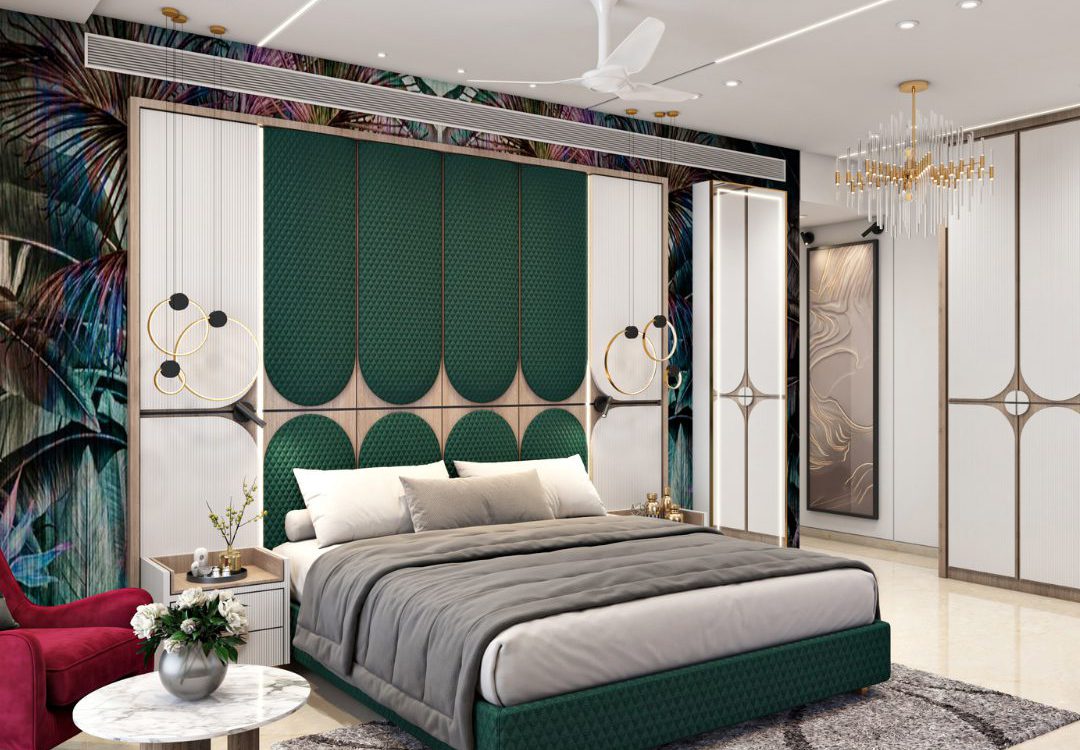5 luxury interior design principles to apply to every room
What is luxury interior design?
Luxury interior design involves creating aesthetically pleasing and highly functional spaces using high-quality materials, sophisticated furnishings, and meticulous attention to detail. It often reflects a personalized and exclusive style tailored to the client’s preferences, incorporating elements of opulence, fine craftsmanship, and unique design features. The goal is to evoke a sense of luxury, comfort, and refinement within the interior spaces.
“Design styles can range dramatically. To make any home look luxurious, no matter the style, it’s essential to mix materials wisely and ensure everything in the space is the right size.”
What are the principles of luxury design?
1.Balance
A well-designed room looks great because everything in it–colors, lines, furniture, lighting–balances well. When a room is balanced, it feels calm and confidently put together. Let’s quickly explore the three common types of balance in simple terms:
Symmetrical or Formal Balance
Symmetrical or formal balance in design is like creating a mirror on both sides of a central point. It’s when things look the same on each side, giving a sense of order and formality to the space.
Asymmetrical Balance
Asymmetrical balance is design is a bit like organized chaos. It involves arranging different elements on either side of a central point, but not in a mirror image. It’s more about achieving balance through the careful placement of diverse elements, creating a dynamic and visually interesting look.
Radial Balance
Radial balance in design is like arranging elements around a central point, much like spokes on a wheel. It radiates outward from a central focus, creating a harmonious and balanced visual effect. It’s often used to draw attention to a central element in a dynamic and engaging way.
2. Harmony
Harmony in interior design principles involves creating a cohesive and unified feel in a space, whether through shared styles, themes. Aesthetics, moods , or the personality of the room. It doesn’t necessitate identical elements, but rather a way in which all components complement each other, like employing a consistent color scheme to enhance the overall unity of a room.
3. Rhythm
Rhythm in interior design, akin to its role in music, is essential for achieving harmony. It involves employing colors, patterns, and textures through repetition or contrast to generate visual interest and guide the observer’s gaze throughout the room. For instance, maintaining a consistent color scheme, such as using yellow in various elements like a wall, cushion covers, and artwork, contributes to a cohesive cover, and rhythmically pleasing environment.
4. Contrast
Contrast in home interior design, reminiscent of Yin and Yang or the interplay of Ebony and Ivory introduces playfulness, drama, variety, and visual interest. This principle encompasses contrasting color combinations, patterns ( such as stripes with florals), styles ( like blending Scandinavian minimalism with bohemian elements ), textures ( matte versus glossy paint), and shapes ( pairing geometric furniture with sculptural lighting). Without contrast, a room might appear dull and one-dimensional, lacking the dynamic interplay that adds vibrancy and depth.
5. Details
Attention to detail stands as the ultimate basic principle in interior design, emphasizing the critical role of meticulousness. Regardless of a well-conceived design, a room lacking finishing touches may seem impersonal and incomplete. This principle grants you the freedom to infuse your personality into the space, from the nuanced features like light switch design and door knobs to the more expressive elements like throws, pillows, and runs it’s the small details that truly imbue character into a room.
Conclusion
Luxury interior design is an art form that embraces elegance, quality, and individuality. By incorporating elements such as fine materials, meticulous craftsmanship, and attention to detail, designers create spaces that evoke a sense of grandeur and exclusivity. From furniture selection to lighting design, each element contributes to the overall aesthetic and ambiance of a luxury interior. By understanding the principles and key elements of luxury residential interior design, one can embark on a journey to create exquisite living spaces that resonate with sophistication and comfort.

